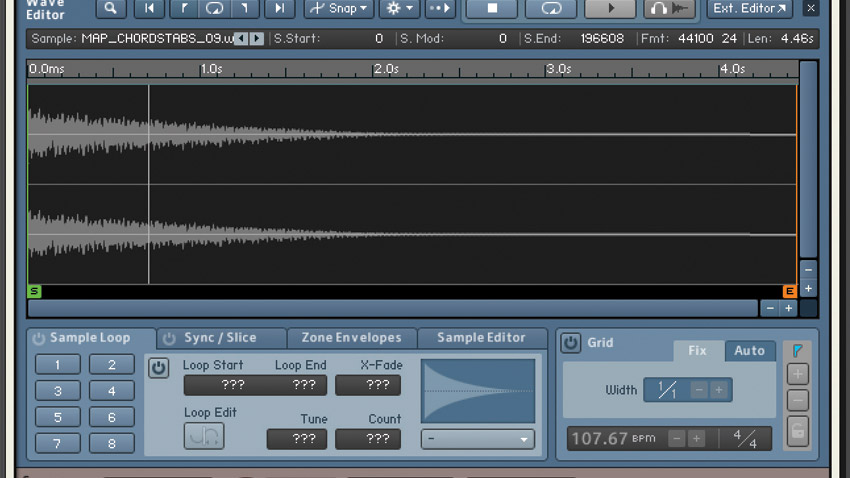How to design sounds using samples
Learn to make your own noises and great creative awards await…

In today’s era of synth presets and sample packs, it’s entirely possible to produce song after song without ever learning any sound design skills whatsoever. After all, expert designers are paid good money to craft those amazing patches, so why bother making your own?
Well, electronic music has always placed emphasis on pushing boundaries in the search for new and exciting sounds, and being able to whip up almost any sound in your head is possibly one of the most creative aspects of producing dance music in the first place.
And, of course, the process of sound design is particularly fun and rewarding. Unlike crafting an entire song, which can involve weeks of hard work, the simple act of building a bass sound or synthesising a bubbling synth line can take only a few minutes, and you’ll then be able to add that sound to your arsenal.
If you’re looking to get creative with sound design, the manipulation of audio is always a winner, which is why mastering the art of sampling is essential. On one level, you can use a sampler just like a synthesiser: load in raw synth waves; layer multiple waveforms to create a custom blend of tones; or duplicate identical oscillators, then tune and pan them apart from each other to create distinctive detuned effects.
A great benefit of using a sampler is that you can precisely define playback position, speed and direction within your audio file. Alter playback rate to speed up or slow down the sample. Try out all of the different timestretching algorithms and embrace the artefacts that they can impart.
Modulating your sampler’s playback position (ie, sample start point) and playback speed using its envelopes and LFOs can also inspire something creative. Use this approach to make your playback position ‘jump around’ and scan through a complex waveform - a bit like a wavetable oscillator.
Loop the loop
Try looping sustained sounds in interesting places, and experimenting with reverse playback and back-and-forth looping. By looping up a very small section of a longer audio file, you can create unique sustained sections and granular-esque ‘buzzing’ tones. You can also wrap a loop around the sustain portion of a shorter drum hit to extend its tail.
Want all the hottest music and gear news, reviews, deals, features and more, direct to your inbox? Sign up here.
A sampler also enables you to play back samples at different pitches, and this can be exploited for creative uses. Get into the habit of pitching sounds up and down; tuning something one, two or three octaves away from its original pitch will generate a brand new sound - deep drones or high-pitched percussion, for example. As a side effect, pitching down to extremes will add lots of bass and low-mid rumble, and upwards transposition will introduce excessive treble energy, so reach for an EQ and remove any extreme frequencies if needed.
Many samplers can automatically slice longer samples up into individual sections. Although this is intended primarily to facilitate the chopping of percussive material, it can often generate inspiring results when working with sounds other than drums - use auto-slicing to carve up a sustained signal such as a sampled riff, and see what comes out when you replay the slices via MIDI.
Any decent sampler will feature a modulation matrix of some description, plus a number of modulator sources - LFOs, envelopes and so on. Just as you would with a synthesiser, then, you can experiment with creative modulation to shape samples into something new.
Again, playback position is a great modulation destination: load up a complex sample, modulate the start point using velocity, then play MIDI at varying forces to start the playback of each triggering note at a different place in the sample.
For more sound design advice, pick up the February 2019 edition of Future Music.
Future Music is the number one magazine for today's producers. Packed with technique and technology we'll help you make great new music. All-access artist interviews, in-depth gear reviews, essential production tutorials and much more. Every marvellous monthly edition features reliable reviews of the latest and greatest hardware and software technology and techniques, unparalleled advice, in-depth interviews, sensational free samples and so much more to improve the experience and outcome of your music-making.
